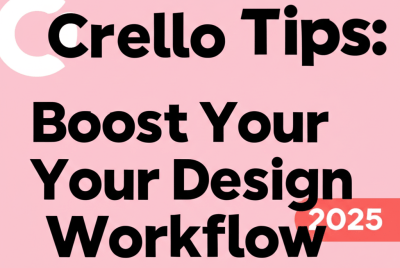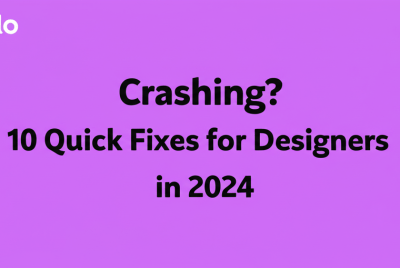In 2023, with just a text prompt, anyone can now effortlessly generate images. The trendsetter in this domain was DALL-E, swiftly followed by platforms like Stability AI and Midjourney. Now, DALL-E by Microsoft takes the lead as the first image generator integrated into search, allowing Microsoft users to create images directly within their browsers. This month, Google also follows suit with Google Image Search powered by its Imagen, an AI technology akin to ChatGPT or Adobe’s Sensei Firefly.
How It Operates:
To utilize Google’s Image Search, users need to opt-in for Google’s Search Generative Experience, (SGE)which is presently available exclusively in the United States for users aged 18 and above.
Once users have opted in, they can follow these simple steps:
1. Open Google Search and input an image generation prompt.
2. Wait for a few seconds.
3. Choose from the four image options provided by SGE (Safe GEN Environment).
If further edits are desired, users can select one of the images and refine the description to add more details. The prompts are designed to be user-friendly, functioning much like ChatGPT, ensuring users can easily navigate through the process.
Within the prompt, users have the flexibility to specify the type of image they desire, whether it’s a photograph, illustration, or painting. Subsequently, SGE will generate four potential outcomes for users to select from. The preferred result can then be obtained as a downloadable PNG file.
Concerns About Misuse:
There have been instances of misuse of AI image generation tools to create inappropriate or deceptive content, posing challenges for creators. Google promises to maintain a controlled environment, limiting access to ensure its safeguards are rigorously tested and improved during the beta period. A feedback system is in place to report when the tool is used for content that violates Google’s policies, including spreading false information, promoting illegal activities, or producing explicit content, except for educational or artistic purposes.
Furthermore, every AI-generated image will carry a watermark and ‘metadata labeling’ tag to signify that it was AI-generated, discouraging the spread of misinformation.
Google also plans to provide an ‘About This Image’ description for all AI-generated content, offering additional context to prevent the misinterpretation of AI-generated images or text as authentic.
Nonetheless, it’s important to note that safeguards for AI image generation have been circumvented in the past, as seen with the Lensa app, which allowed users to create nude images despite its claims to prevent such content.
Is It Free?
The availability of Google’s image tool at no cost is uncertain. Currently, Microsoft’s Bing AI and Adobe’s Firefly allow free image creation with credits required at some point, while Midjourney offers a subscription-based model. Google may follow a similar path, offering a limited number of free image creations before introducing a payment system.
Google’s AI Is A Welcome Addition.
Since 2023, generative AI has significantly impacted creativity by expanding artistic boundaries and reducing the time required to create masterpieces. Google’s AI simplifies the image generation process within Google Search, providing a rapid solution for adept creatives to produce custom images without the need for extensive searches or reliance on stock libraries. This offers a level of convenience and uniqueness that was previously hard to attain.


